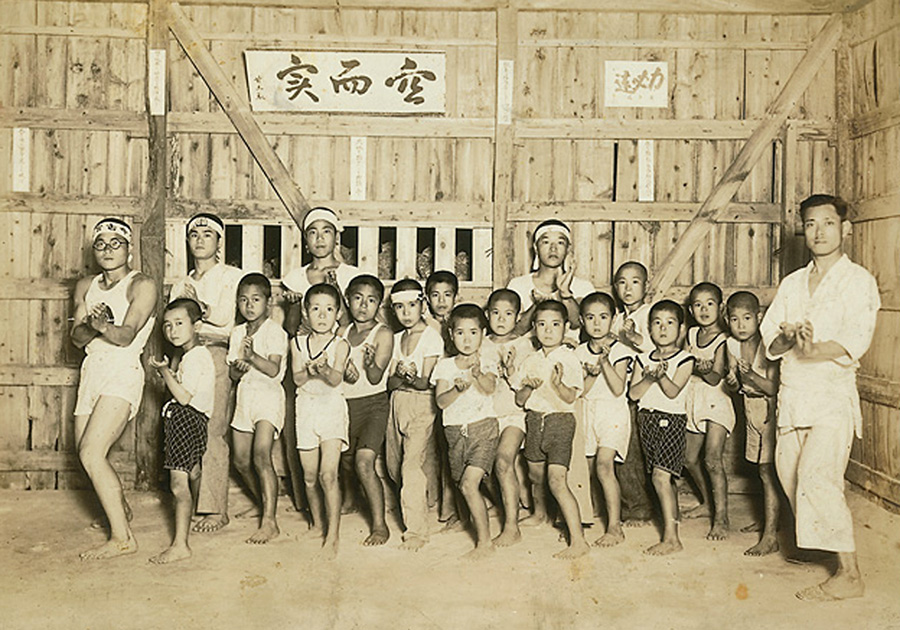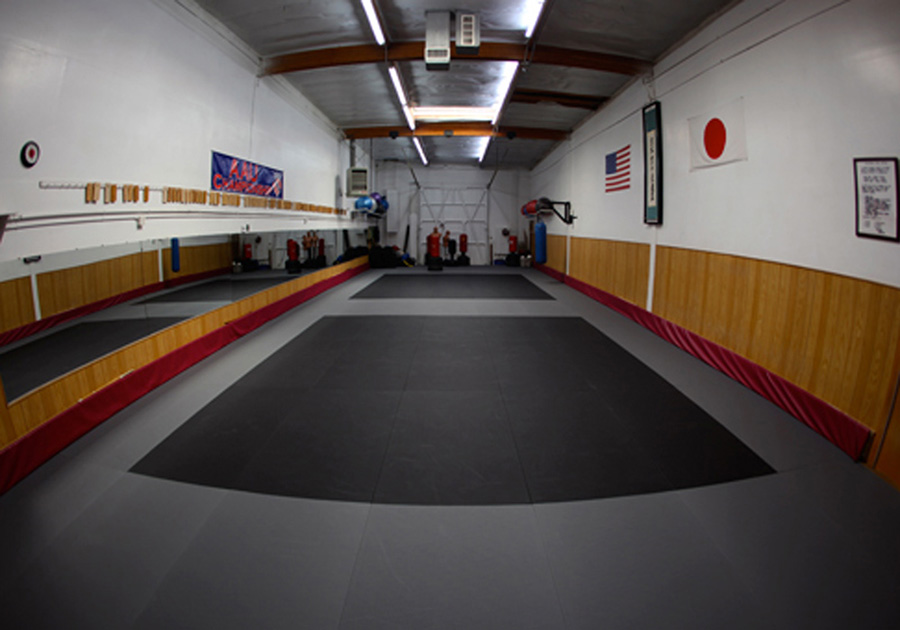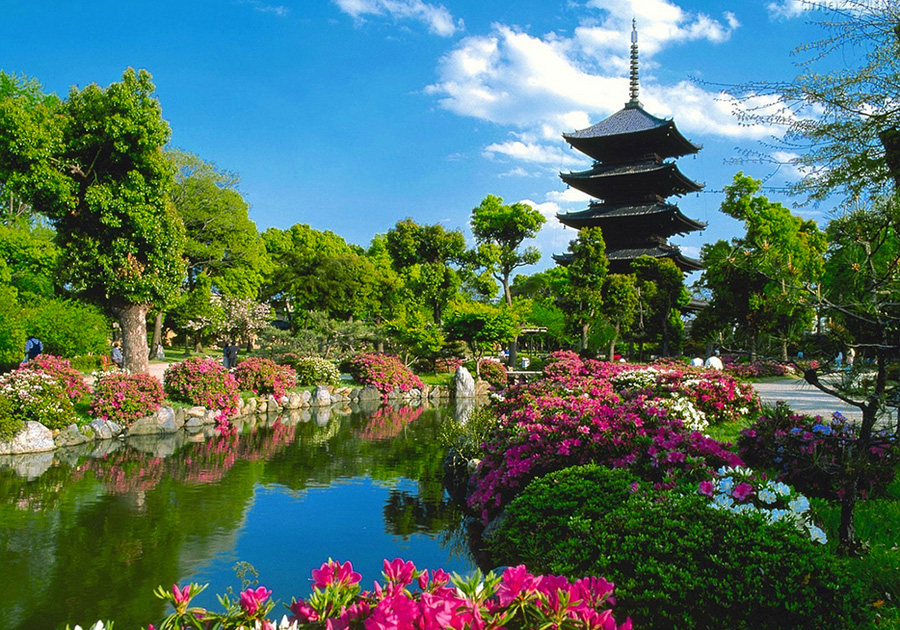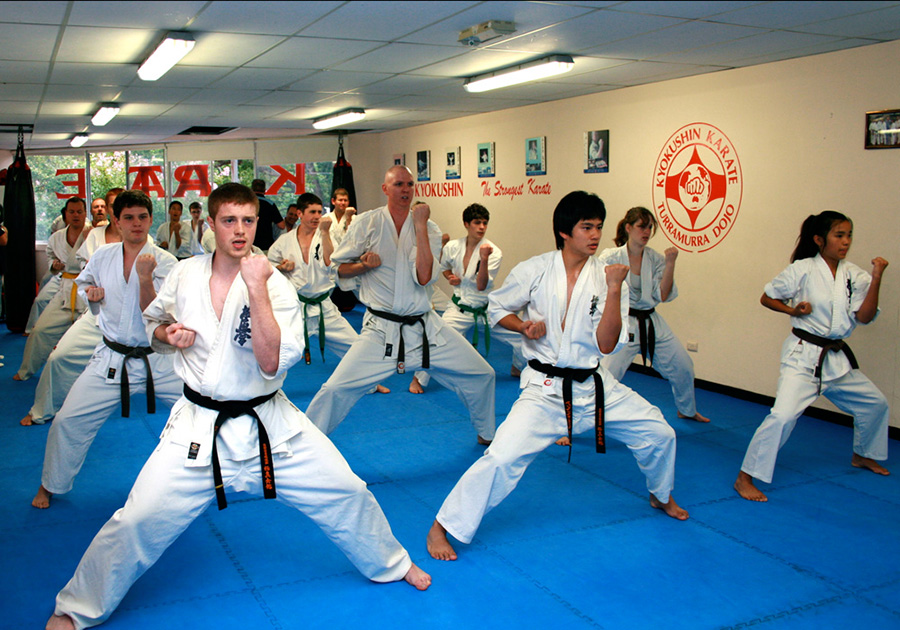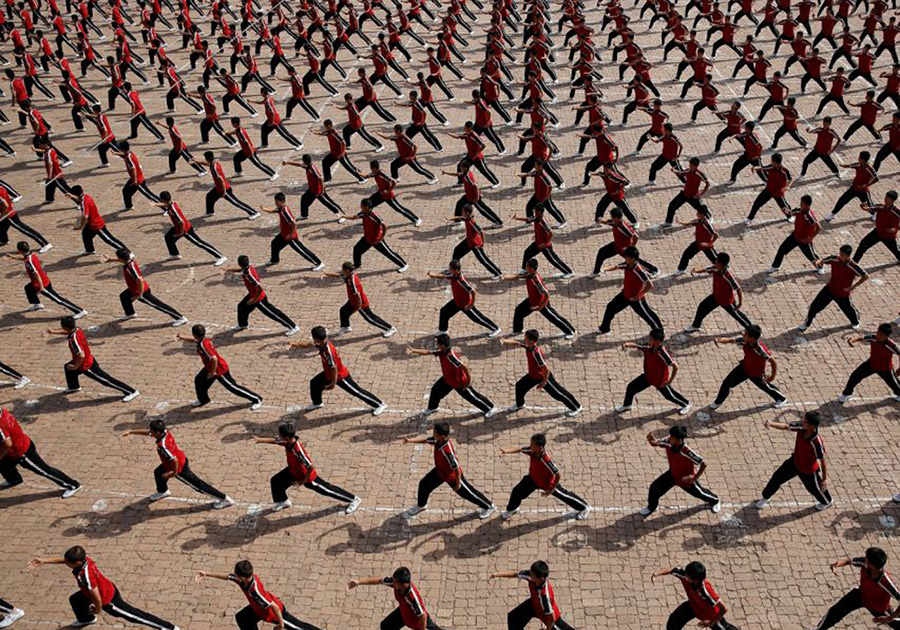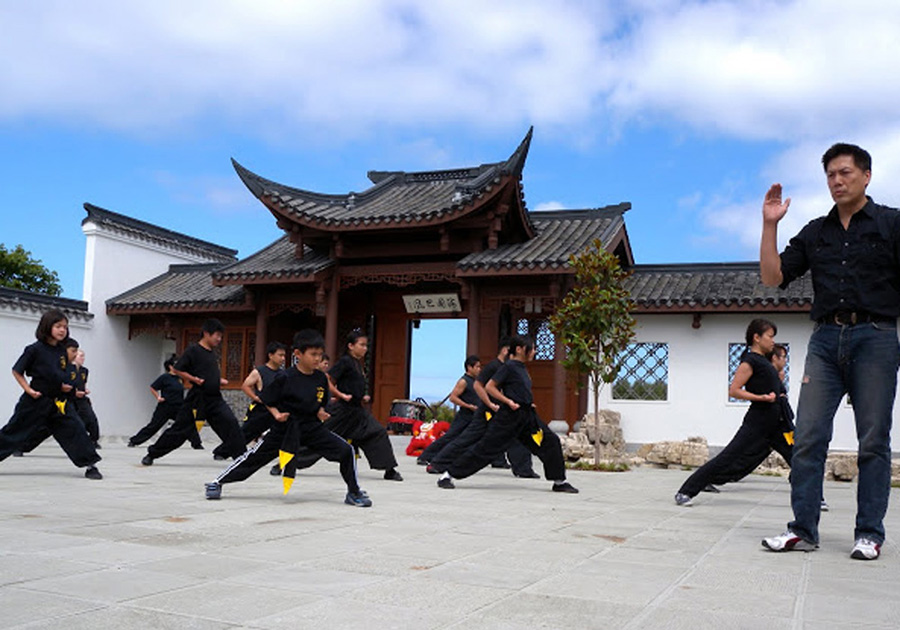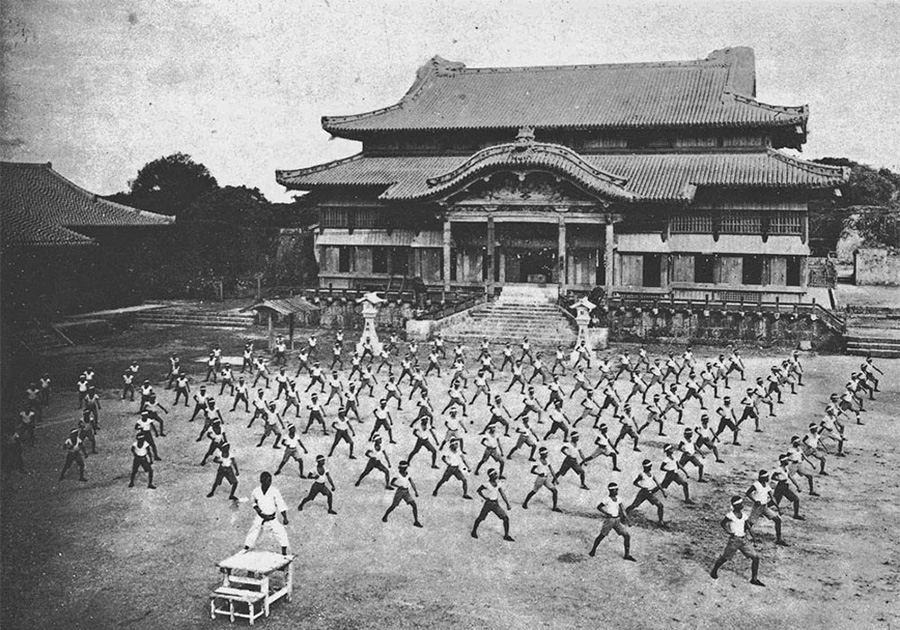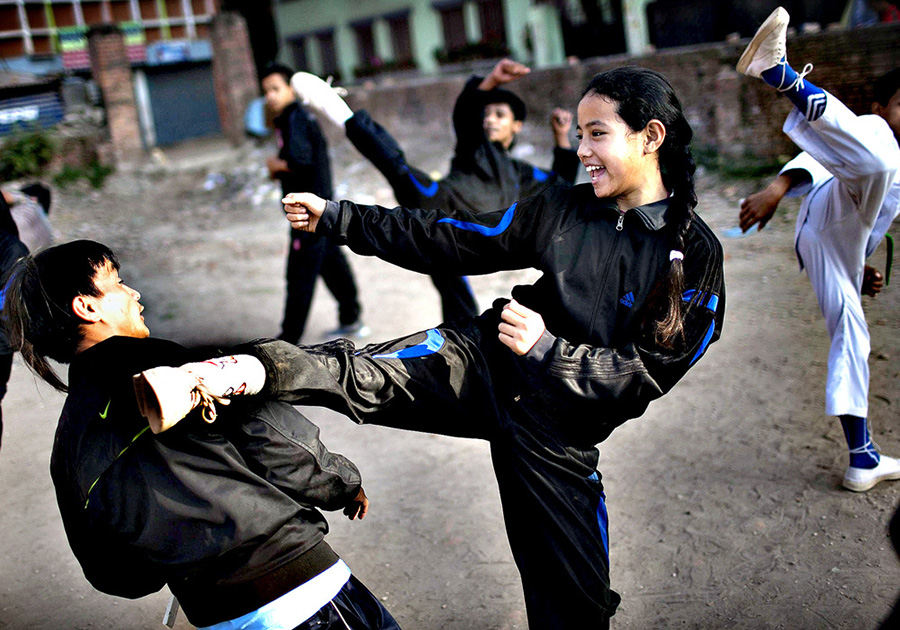Karate-Do means “The Way of An Empty Hand.” The term was coined in 18th century, by a man named Sakugawa. After his return from China, where Sakugawa has been learning principles of Shaolin martial arts, he decided to open his own school in Japan. Karate is considered a self-defense, empty-hand fighting style with punches, kicks and blocks.
The key difference between Karate and other Japanese styles such as Sumo, Jiu-Jitsu and Judo lies in the close combat principles. While traditional styles employ basic principles of wrestling, with accents on locks, strangling techniques and submissions, Karate fighters always hold a specific minimum distance between the two opponents.
Today, Karate is considered one of the most popular types of martial arts. Numerous demonstrations, showing the strength of each punch or a kick solicit people from all over the world to begin training and practicing Karate at the local school. Masters of Karate are able to crack ice structures and break 15cm thick wooden beams.
Specifics
To neutralize the opponent, Karate uses punches and kicks aimed to critical body points such as the solar plexus.
Key Training Elements
- Kikhon – basic single-person training.
- Kumiteh – sparring with opponent using specific and free-for-all techniques.
- Katah – sparring with imaginary opponent(s).
Philosophy
Karate uses a proprietary skill-grading system: “kyu” for students and “dans” for teachers. To receive a higher grade, both students and teachers must demonstrate improvement of skills during combat or training sparring sessions.
Aside from fighting skills, Karate offers rich traditions, and encourages its followers to continue improving their mental and physical skills through learning and training.
